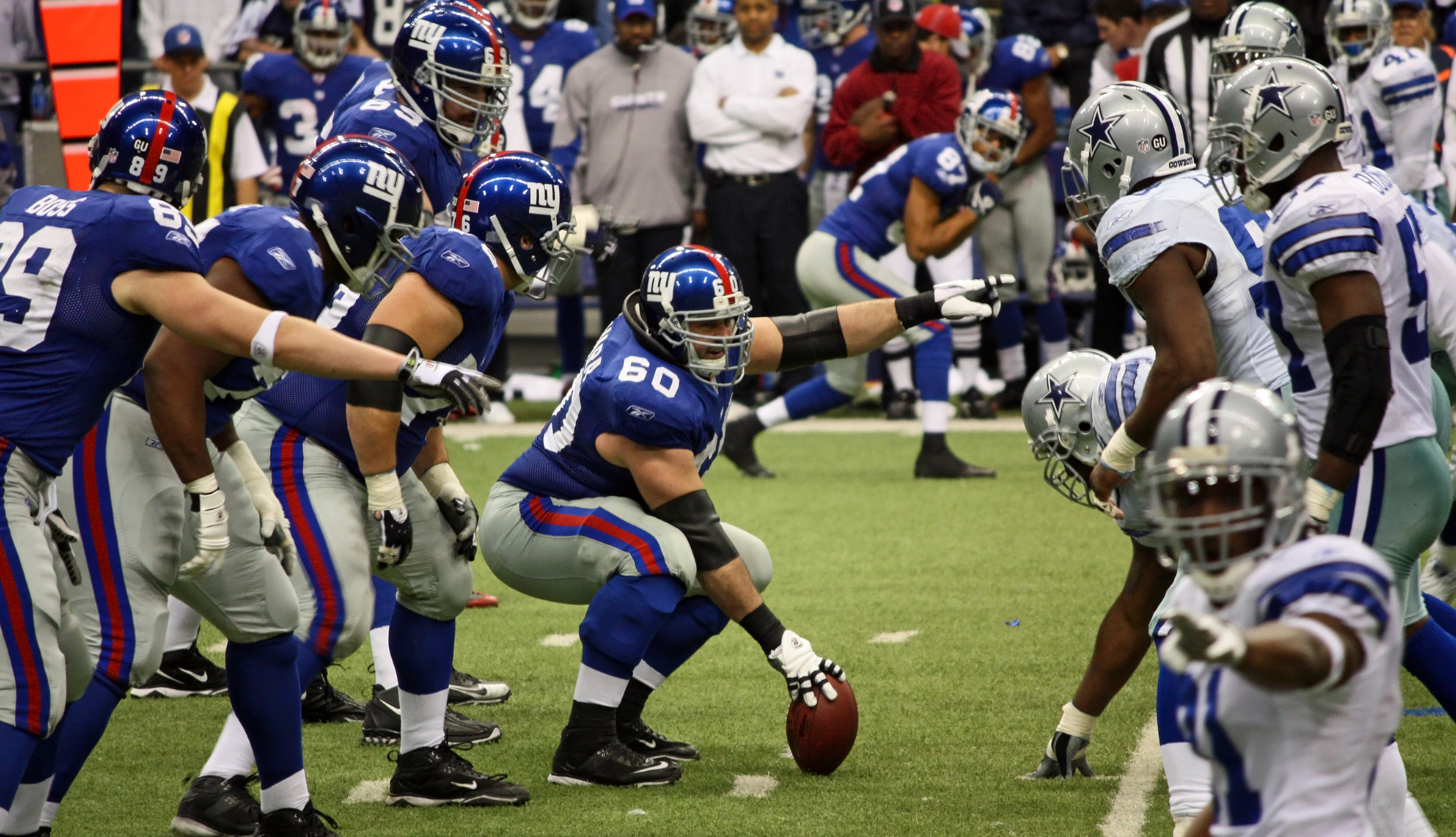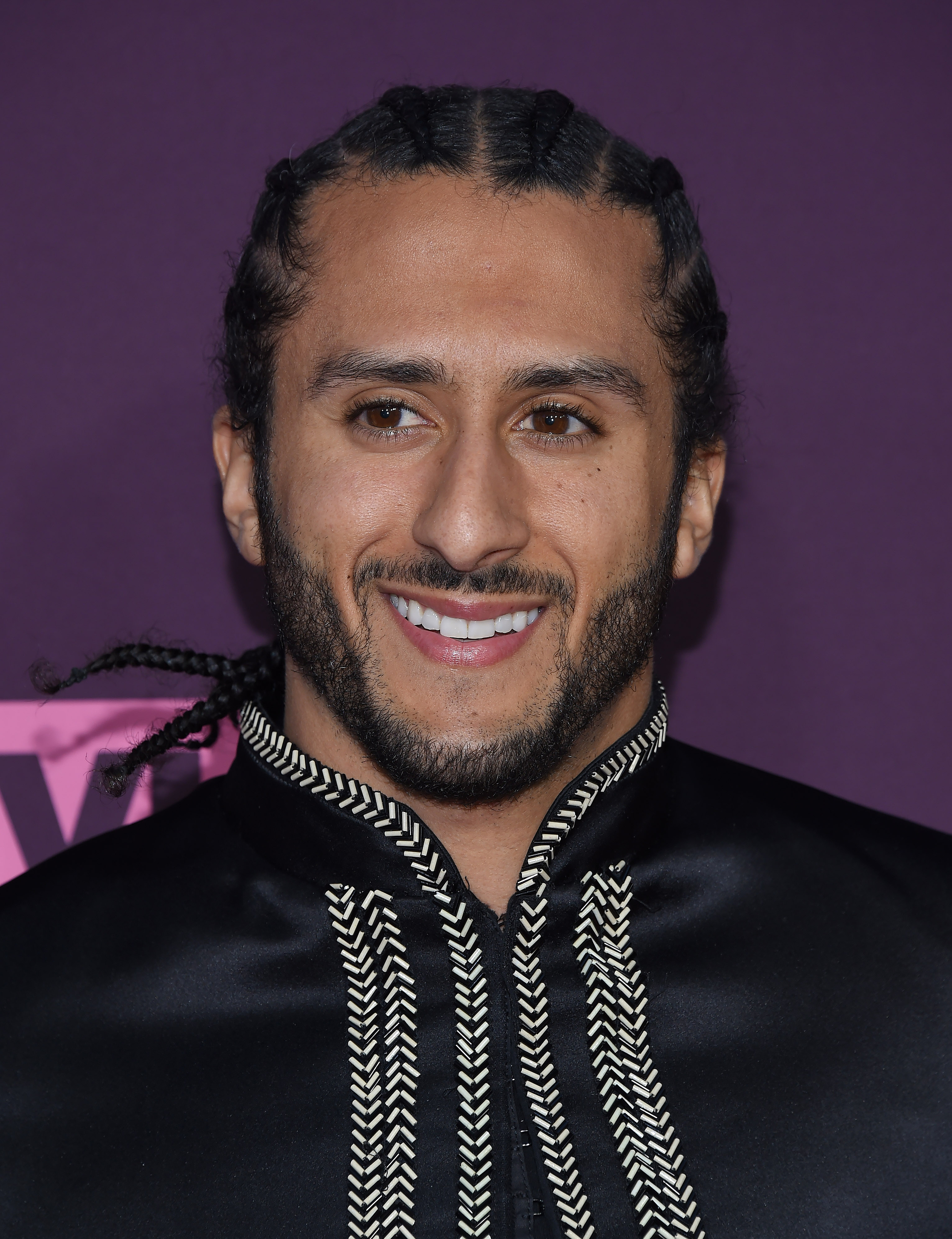Kneel From A Standing Position
Why NFL Players Should Consider Moving Away From Kneeling Protest
By Raoul Dennis with additional research by D.A. Phillips
When NFL players take a knee, hang back in the locker room or whatever else they may do when the National Anthem starts this football season, they will largely be doing so as part of an ongoing tug of war, rather than a statement against police violence.
Let’s face it: whatever statement they wanted to make about the very real issue of police violence, brutality and or bias has been made – and then derailed – and is now part of a three-way tussle between the players, the NFL and the Trump Administration.
Even Colin Kaepernick, who began the kneeling challenge in the summer of 2016 is now fighting his collusion case against the league, is in a different place with the issue. The new Nike ad that he appears in isn’t part of protest but certainly goes a long way toward keeping him in the public eye.
This is no less true for many NFL players who want to see something done about reform within police ranks across the nation. Kap’s initial plan, to bring attention to the issue by kneeling in protest during the anthem, has peaked. The initial momentum of the protest had actually started tapering off in 2017, just before President Trump rekindled the issue by addressing it at a rally for then-Alabama Senator Luther Strange last September. In doing so, the president poked his finger in the eye of NFL owners who then felt compelled to clamp down on players. The division and the lines drawn in the sand as a result of them have nothing to do with the reason for player protest in the first place.
Which is another reason why it’s time for players to develop a new tactic. Or better yet, a strategy.
Frankly, if enough players really want to do something about police violence, they have the means to make a significant impact – or at least the start of change – if they gathered themselves to do so. The league is 70% African American, the average salary for an NFL player is $2.1 million per year (Forbes Jan. 2018). The Bears’ Khalil Mack just signed $141 million over six years. The average career span in the NFL is 3.3 years (Livestrong.com June 2017). If you count the recently retired players who may share the concerns of police violence in Kap’s generation; that translates into several hundred young men (under 50) whose financial and popular influence could shift the scales of the conversation on national police reform. It’s not inconceivable that with focus, use of celebrity and momentum, NFL players could raise $1 billion and become the very leveraging voice that they seek. They can become part of the answer to the problem. And with that, the threat and pain of police violence could be significantly reduced within 15 years.
How?
The old-fashioned way: backing the political candidates that make police reform part of their platform, funding the social and educational programs that work with regard to police and community relationships, supporting fair and open citizen review boards and supporting the research that tracks these issues and even the technology to help make improvements.
This isn’t pie in the sky. This is how it’s done. This is how change is made. Protest is just one form of action, it has never been the whole plan. Gandhi, King and Mandela could never have made significant progress with the single dimension of protest action.
Of course, football players are athletes, not activists. No one expects Cam Newton to deliver the next I Have A Dream speech (although an argument can be made that former Ravens Linebacker Ray Lewis would give it a try). But something has been started here and it should be carried forward. Now that many have taken the step – or knee – toward addressing the issue, it’s time to do it right if they intend to do it at all.
Part of doing it right leads to another reason that taking a knee is a form of protest that may best be left to the early stages of the NFL player campaign: it’s counterproductive because it alienates potential allies from the true issue. While all moral-centered people will agree that children should not be killed by abusive police (or anyone for that matter), many of those same people will take issue with a protest that cuts between them and the flag, the anthem or any other revered American symbol. One can understand Kap’s anger and protest in the lone moment (or even a season) but as a campaign tactic, kneeling at the anthem places many who might otherwise support him into potential opposition and is therefore a liability over the long term.
The fact is every generation has division over how protest is done. Since the Boston Tea Party American protest has taken many forms: from Rosa Parks’ taking a seat to Tommie Smith and John Carlos raising a fist to wheelchair bound citizens clogging a hall in congress. But actual progress comes from direct action. Other than that, let’s get on with the coin toss and play some football.






